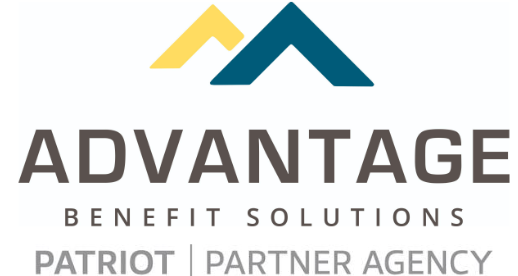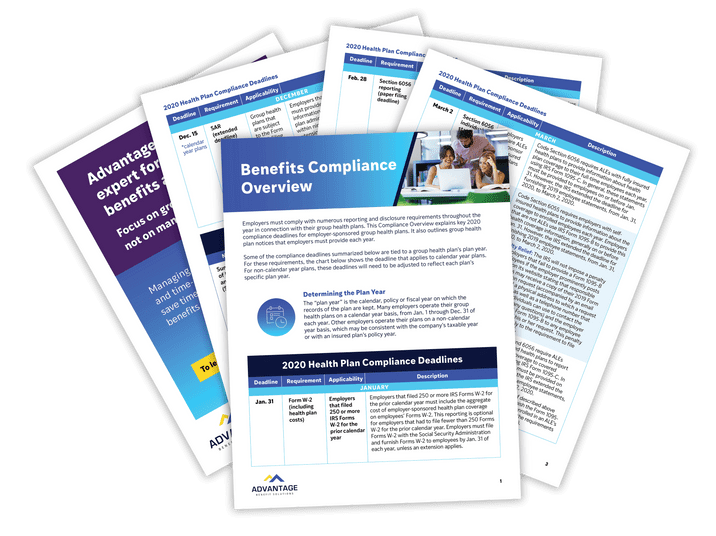What CFOs Need to Know About HR Technology in 2021
The COVID-19 pandemic has slowed down many things that we used to take for granted in our day-to-day lives. However, it has sparked a new level of technological innovation previously unreached. As the world adjusts to a new normal, technology continues to become more and more advanced to help us make those adjustments. This is especially true when it comes to HR technology. In 2021, more than any prior year, it will be important for CFOs to understand emerging HR technology trends. In this post, we’ll cover some of the main things you or your organization’s CFO should know.
Specifically, we’ll cover:
- Employee Wellness Management
- Employee Self-service Portals
- Remote and Hybrid Workplace Management
- Workflow Automation
- Learning and Development
- Other Considerations
Employee Wellness Management
As the COVID-19 pandemic continues to take a significant toll on employees’ mental health, technologies that help facilitate employee wellness management are becoming more advanced and more important.
Without regular face-to-face interaction in the office, it is more challenging than ever to monitor employee morale and mental health. Consider investing in digital tools such as apps, videos, and webinars to help mitigate employee stress, anxiety, and burnout. Implementing a variety of these tools can help break up the monotony of working from home day after day, and it will allow employees to interact with one another in more regular, positive ways.
Another great advantage of digital employee wellness tools is that they can help employees feel more comfortable when taking the first step towards getting the help they need. Many digital tools allow employees to reach out for help anonymously.
Groundbreaking advances are also happening in the world of “wearables,” which are devices such as breathing, movement, and exercise monitors. These devices can automatically upload data into company-sponsored wellness programs. Using these tools to automatically gather employee wellness data can save time and resources compared to relying on manual entry.
Employee Self Service Portals
In a world of ever-increasing connectedness and automation, many employees still want to have manual control over certain HR tasks involving their privacy. Examples include:
- Updating personal information
- Confirming employment status or rate of pay
- Tracking and evaluating employee performance
- Accessing online pay stubs
- Viewing and printing federal, state or local tax forms or withholding information (e.g., Form W-2 or Form W-4)
Many companies are investing in improved self service portals so that employees can manually manage these tasks without having to take time away from HR staff. Your employees will thank you when they have a user friendly, modern interface through which they can complete these important tasks.
Remote and Hybrid Workplace Management
Most workforce management industry experts agree that remote and hybrid working arrangements are here to stay. The days of requiring employees to be in the office for the full 40 hours a week are behind us.
Technology and project management tools can help improve communication, collaboration, and workflow efficiency in your workplace. And likely due to the strain of COVID-19 office shutdowns, you probably have many of these tools implemented by now. Be sure to check with your IT department or software providers to learn which add-ons are available to make these tools even more efficient.
Don’t just stop there. Survey your company leaders and supervisors (or even all employees) to learn which remote and hybrid working technologies would help them better perform their jobs.
Workflow Automation
Advancements in workflow automation tools have created opportunities for employees to work and collaborate efficiently and effectively. As a CFO, you know all about the importance of focusing on business areas where efficiency can be improved and will have the biggest overall positive impact on your business.
Of course, project planning will vary by organization and depend on what unique challenges you are facing. Start by evaluating and identifying those issues first. Then, consider projects within the HR department or projects throughout the organization that HR is supporting.
For example, consider the issues you may be facing with employee onboarding. Consider how a single portal for HR, IT, and other corporate resources could streamline and improve a formal onboarding process for new hires.
As soon as you have identified areas in which you can implement such technology, be sure to communicate any changes openly across the organization.
Learning and Development
Employee learning and development trends are advancing just as fast as the technologies that we’ve already covered in this post. The pandemic has crated a shift from in-person learning to e-learning, augmented reality (AR), and virtual reality (VR).
AR and VR are especially common in industries that require hands on skills. For example, employees who perform maintenance on expensive machinery can practice their skills through AR and VR before they carry out tasks in real life. These opportunities will differ depending on the industry you’re in, but don’t delay in researching what options are out there that might meet your employee training needs.
Many companies have also invested in Learning Management Systems (LMS) that can automate and facilitate employee trainings, schedules, onboarding, and other learning opportunities. LMSs can make employee access to information much more accessible than older, alternative employee training systems.
Other Considerations
Unfortunately, implementing new technologies won’t do much good if employees refuse to use them. Many organizations rely on training and communication from leadership to help boost user adoption of new workplace technologies. However, a recent survey conducted by PwC revealed that these two strategies are the least effective for increasing employee use of new technologies. The survey found that the most effective strategies were the use of incentives and gamification. Don’t be afraid to take the lead and encourage your organization to evaluate and change how you educate and train employees on new technologies.
Key Takeaways
As the CFO, your job is to weigh the financial pros and cons of each of the above trends. There are costs associated with implementing each of the technologies we have outlined in this post, but they all also come with savings in the form of employee efficiency and skill development. During 2021, make it a priority to research many different options for HR-related technology improvements in your business. Specifically, we recommend focusing on the following areas:
- Employee Wellness Management
- Employee Self-service Portals
- Remote and Hybrid Workplace Management
- Workflow Automation
- Learning and Development






